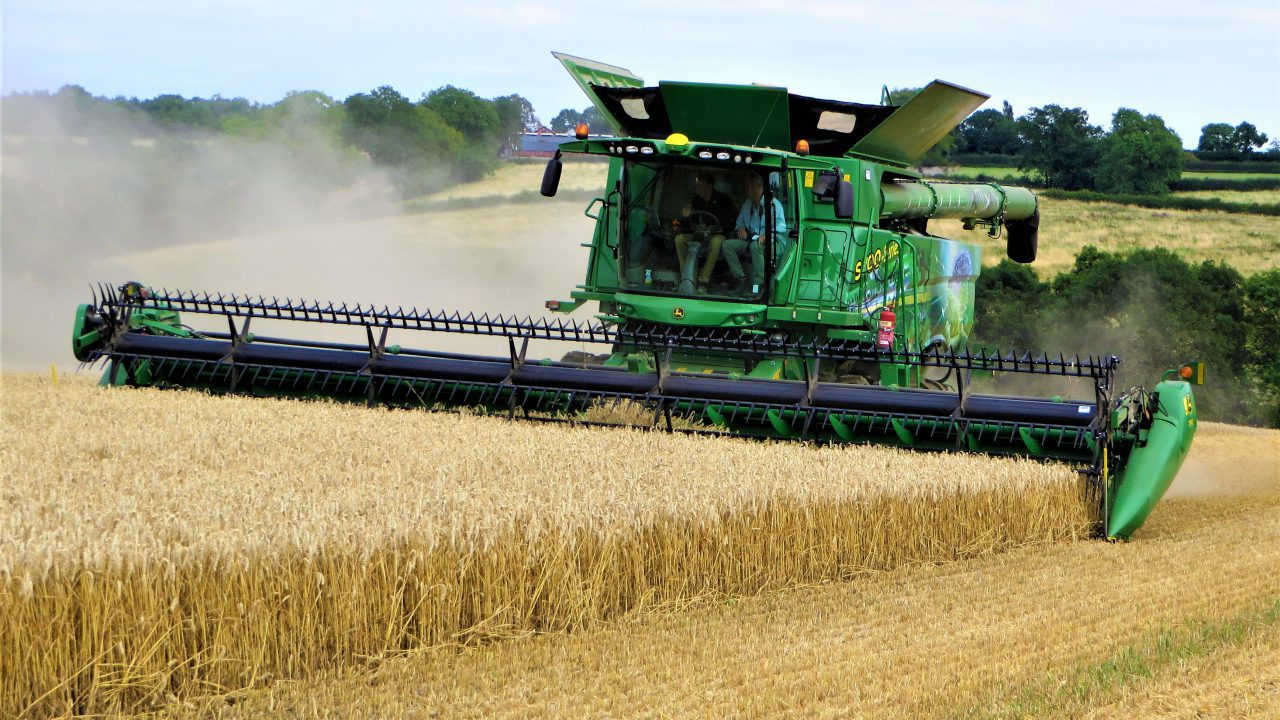European Union (EU) crop output is expected to increase in 2023, despite the continuing threat of drought across southern Europe.
This is the main conclusion contained within forecasts published yesterday (May 24) by the EU’s umbrella farming and agri cooperative body, Copa Cogeca.
This news may well act to put further pressure on international cereal and oilseed prices.
Crop output
A general increase of the EU’s cereals, oilseeds, and protein crop production is predicted in 2023, despite an anticipated serious decrease of production in Spain.
According to Copa Cogeca experts, the EU-27 cereal production should reach 277Mt (+4.6% compared to the 2022 harvest). A similar positive trend is expected for oilseeds (34.1Mt, +8.2%) and protein crops (3.9Mt, +5%).
Despite a reduction of the area sown in 2023 (-3,8%), the expected high yields for cereals should ensure a better outcome than that of 2022.
This trend is driven partly by the higher yields expected for grain maize with a production that should reach 62Mt (+21.7% compared to 2022).
Production within this sector was severely affected last year in some eastern EU member states.
It is anticipated that barley and durum wheat production may well face a drop of -2.3% and -7.1% respectively.
However, feed and bread wheat output should increase to 128Mt (+2.8% relative to 2022).
Drought
Spain will be severely affected by the ongoing drought with its overall grain production being reduced by nearly 9Mt.
Overall, Copa Cogeca is predicting that the 2023 harvest should be higher than that of 2022, but will still be a little below the grain production average of the last five years.
Meanwhile, the situation is also quite positive, where oilseeds are concerned. According to Copa Cogeca, this is thanks to a slight increase in area (+2.1%) and higher yields, which has resulted in a production of 14.4% higher than the last five-year average.
This is especially linked to an expected increase of 18.5% in sunflower production due to higher yields, while the sowing area has been slightly reduced.
For soybeans the production is expected to increase by 9.7% within a similar sowing area. The EU-27 production of protein crops should increase thanks to a higher production of peas and beans (+9% and +11% respectively) despite a reduction of sweet lupins (-29%).
These positive results can be explained partly by very good conditions for the development of the winter crops in Northern Europe and better weather conditions in general in Eastern Europe.
